Explore the magnificent Masada, an ancient fortress and symbol of Jewish heroism, located on a desert plateau in Israel. Join us as we explore this site’s fascinating geography, riveting archaeological discoveries, and awe-inspiring views.
Get ready for an unforgettable as you delve into the captivating story of Masada and its importance to this region. Whether you are an avid adventurer, enthusiastic historian, or just simply looking for a unique experience, come explore the magnificent Masada!
History of Masada
Masada is an ancient fortress located on a desert plateau in Israel, overlooking the Dead Sea. The history of Masada dates back to the 1st century BCE when it was built by King Herod the Great as a palace and fortress. The fortress was later used as a refuge for Jewish rebels during the Great Revolt against Roman rule in 66-70 CE.
During this time, a group of Jewish rebels known as the Sicarii took refuge at Masada and held out against a Roman siege for several months. The Roman army eventually breached the fortress, but when they entered, they found the 960 inhabitants had committed mass suicide rather than be captured.
Today, Masada is a symbol of Jewish heroism and resistance against oppression. It was declared a UNESCO World Heritage Site in 2001, and is a popular tourist destination, drawing thousands of visitors each year to explore its history and impressive ruins.
Address: Israel
Opening Hours:
- Saturday – Thursday 8 AM–5 PM
- Friday 8 AM–4 PM
Phone: +972 8-658-4207
Admission Fee: ₪ 14.00 – ₪ 31.00
Navigate here to see the location’s actual view.
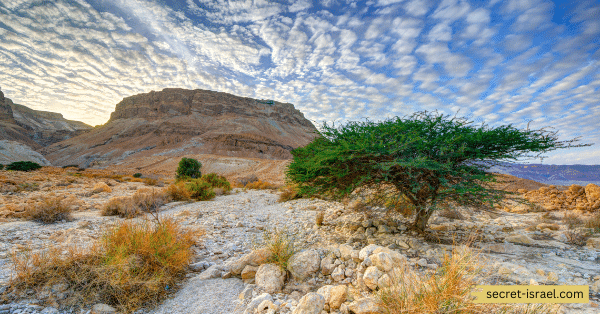
Climb the Snake Path to Reach the Summit of Masada
Climbing the Snake Path is one of the most popular ways to reach the summit of Masada, a desert fortress located in Israel. The Snake Path is a winding trail that ascends the sheer cliffs of the plateau, offering breathtaking views of the surrounding desert and the Dead Sea.
The trail is approximately 1.5 miles long and takes about one hour to complete, but it’s not for the faint of heart as it’s steep and can be quite strenuous. It’s recommended to start the climb early in the morning before the heat of the day becomes too intense.
The climb is not only physically challenging but also steeped in history and significance. The Snake Path is the same route the Roman army is believed to have used to breach the fortress during the Great Revolt. Reaching the summit is a rewarding experience and offers visitors an opportunity to see the impressive ruins of King Herod’s palace, bathhouses, and synagogue.
Please note, in extreme weather conditions and during the summer months, the authorities might close the Snake path for the safety of the visitors.
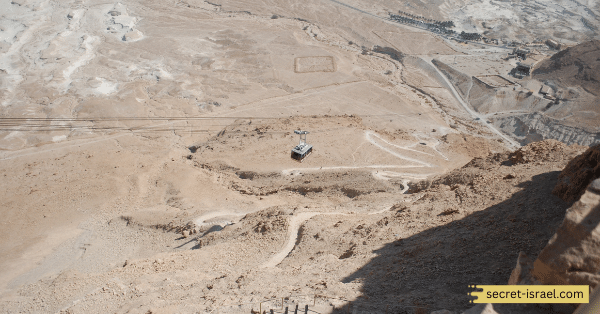
Explore the Remains of the Roman Siege Ramp and Camps
Exploring the remains of the Roman siege ramp and camps at Masada is a fascinating way to learn about the history of the ancient fortress and the Roman siege that took place there. The Roman siege ramp is an impressive engineering feat, built by the Roman army to breach the fortress and capture the Jewish rebels who had taken refuge there.
The remains of the Roman siege ramp and camps can be found at the base of the Masada plateau and offer visitors an opportunity to see how the Roman army attempted to conquer the fortress. The siege ramp is an earthen ramp that was built by the Roman army to reach the top of the plateau, and it’s still visible today. The remains of the Roman camps can also be seen, including the remains of the siege towers and siege engines used by the Romans during the siege.
Visitors can also see the remains of the Jewish rebels’ fortifications, such as the counter-wall built to repel the Roman army.
Exploring the remains of the Roman siege ramp and camps provides a unique perspective on the history of Masada and the events that took place there, and helps visitors to understand the significance of the fortress in the history of the region.
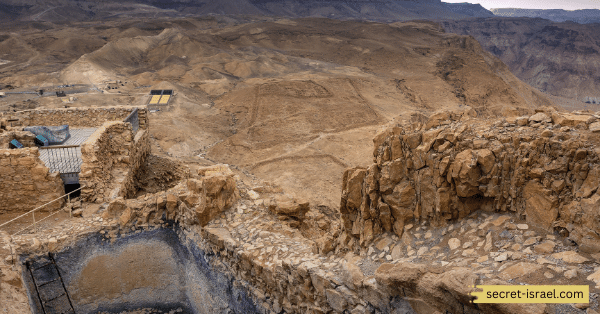
See the Impressive Palace, Bathhouses, and Synagogue
Visiting Masada, an ancient fortress located on a desert plateau in Israel, offers an opportunity to see the impressive remains of King Herod’s palace, bathhouses, and synagogue. These ruins are a testament to the grandeur and opulence of the palace that once stood on the summit of the plateau.
The palace remains are some of the most well-preserved and impressive ruins on the summit. The palace complex was built by King Herod and was used as a winter palace, it was also home to a theater, several bathhouses, and a synagogue. Visitors can see the remains of the palace’s courtyards, walls, and floors, as well as the impressive mosaics that once adorned the palace’s floors.
The bathhouses are also worth visiting, they are located on the eastern side of the palace, they were used by the palace’s inhabitants and visitors, and they are a good example of the advanced engineering and technology of the time.
The synagogue, which is located on the northern side of the palace, is also an interesting feature of the palace complex. It is one of the oldest synagogues in the world and offers a glimpse into the religious life of the Jewish community that lived on the plateau.
These impressive remains are a testament to the grandeur and opulence of the palace that once stood on the summit of Masada, and offers visitors an opportunity to see the architectural and engineering achievements of the time.
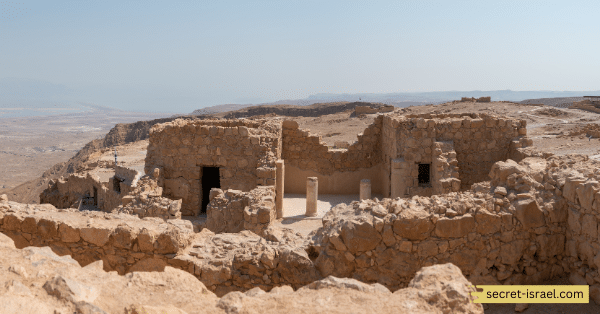
Experience the Breathtaking Views From the Top of Masada
One of the most impressive aspects of visiting Masada, an ancient fortress located on a desert plateau in Israel, is the opportunity to experience the breathtaking views from the top of the plateau. The fortress offers panoramic views of the surrounding desert and the Dead Sea, making it a popular tourist destination.
From the top of Masada, visitors can see the vast expanse of the desert landscape, the Dead Sea, and the Jordan valley. The view of the Dead Sea is particularly striking, as the saltwater lake is the lowest point on earth, and the contrast between the blue water and the surrounding desert is striking.
In clear weather, visitors can also see the Moab Mountains in Jordan, as well as the distant hills of Jerusalem. The sunset is also a popular time to visit, as the setting sun casts a warm glow over the desert landscape, creating a stunning visual spectacle.
The views from the top of Masada are truly breathtaking, and offer visitors an opportunity to experience the natural beauty of the region and the stark contrast between the desert and the Dead sea.
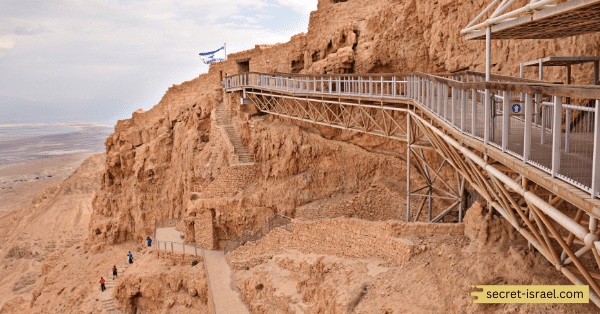
In conclusion
Visiting Masada is a unique experience that offers visitors an opportunity to explore the history of the ancient fortress and its impressive ruins. From exploring the Roman siege ramp and camps to experiencing the breathtaking views from the top of the plateau, there are many opportunities for visitors to learn about and appreciate this incredible site.
Masada is a symbol of Jewish heroism and resistance against oppression, and a visit to the site is sure to be an unforgettable experience. So, if you’re in Israel, make sure to make the journey up to Masada for an unforgettable adventure!











